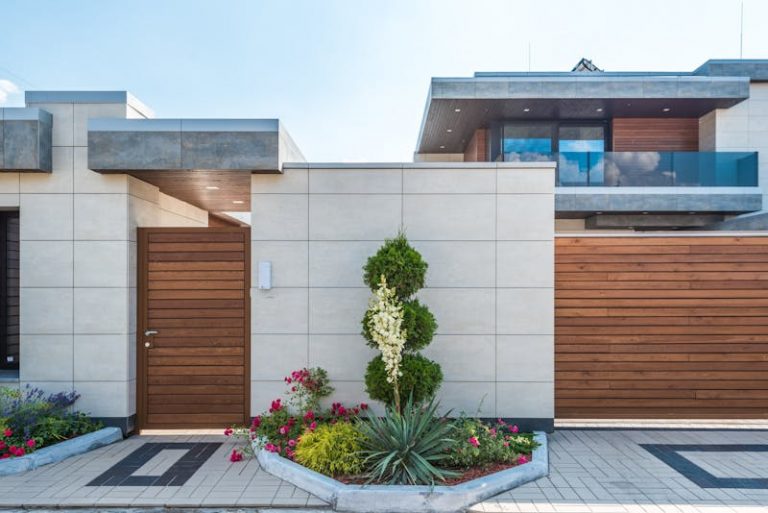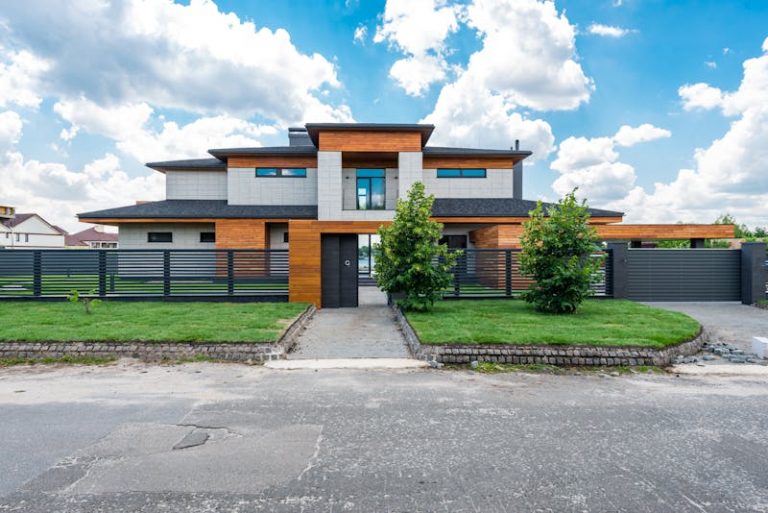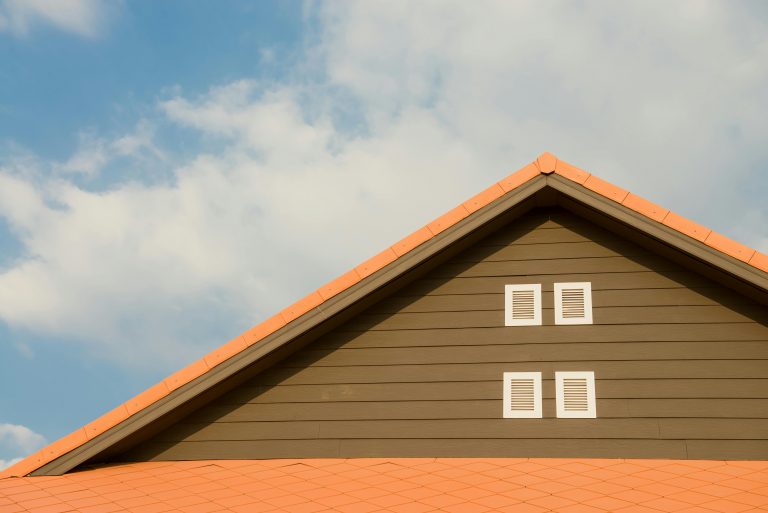

What Is a Skylight?
Skylights are window-like structures installed on your roof, allowing natural light to filter into your living space. They come in various types, each offering unique features to suit different needs. The most common type is the skylight that opens, powered by solar energy, making it convenient and energy-efficient.
Fixed skylights are also available, ideal for rooms where ventilation is not required. Another option is the sun tunnel, perfect for rooms without direct roof access, such as bathrooms or utility rooms.
Types and Costs of Skylights
When it comes to types of skylights, the possibilities are diverse. Skylights can range from traditional fixed models to more advanced solar-powered options. Sun tunnels offer an innovative way to bring natural light into rooms with limited roof space. As for costs, sun tunnels typically start around $1,300, while fixed skylights or curb mount skylights can start at $5,000, including installation. Opting for solar-powered skylights may add an additional cost, but they often come with energy-saving benefits and tax credits.
Factors to Consider Before Installation
Before installing skylights, there are several factors to consider to ensure optimal performance and satisfaction. First, determine the purpose of the skylight and its location in your home. Consider factors such as the direction of sunlight, potential obstructions, and the desired level of ventilation. Additionally, assess your budget and choose a skylight that fits both your needs and financial constraints.
Installation Tips
Proper installation is crucial for the functionality and longevity of your skylights. It’s recommended to hire a certified roofing contractor experienced in skylight installation, such as Bill Ragan Roofing Company. Ensure that the contractor is knowledgeable about the different types of skylights and can provide expert advice on the best options for your home. During installation, pay attention to details such as insulation, drywall, and paint to ensure a seamless integration with your home’s interior.
Energy Efficiency Benefits of Skylights
In addition to providing natural light and ventilation, skylights can also help reduce energy costs by decreasing the need for artificial lighting and heating. When properly positioned and installed, skylights can maximize the amount of natural light entering your home, reducing the need for electric lights during the day. This not only saves energy but also creates a brighter, more inviting living space.
Furthermore, skylights can be strategically placed to take advantage of passive solar heating, allowing sunlight to warm your home in the winter months. This can help reduce the need for heating systems and lower your utility bills. To maximize the energy efficiency benefits of skylights, consider installing energy-efficient glazing and shading options, such as low-emissivity coatings and blinds or shades. These features can help regulate the amount of heat and light entering your home, improving comfort and reducing energy consumption throughout the year.
Tips for Keeping Your Skylights Clean and Functional
Skylights are a beautiful addition to any home, but to keep them looking great and functioning properly, regular maintenance is essential. One of the most important aspects of skylight maintenance is keeping them clean. Over time, dirt, dust, and debris can accumulate on the glass, blocking sunlight and detracting from the view. To clean your skylights, simply use a soft cloth or sponge and a mild detergent to gently wipe away any buildup. Be sure to rinse thoroughly with water to avoid streaks, and consider using a squeegee for larger skylights to ensure a streak-free finish.
Additionally, it’s important to inspect your skylights regularly for any signs of damage or wear. Check for cracks or leaks around the frame and seals, and make any necessary repairs promptly to prevent water damage and ensure your skylights remain watertight. Trim any nearby tree branches that could scratch or damage the glass, and remove any debris from the roof to prevent it from accumulating around the skylights.
Design Trends: Incorporating Skylights Into Modern Home Architecture
Skylights have become increasingly popular in modern home design, thanks to their ability to enhance natural light, improve ventilation, and create a sense of openness and connection to the outdoors. One of the latest trends in skylight design is the use of oversized or multi-paneled skylights to create dramatic architectural features. These large, expansive skylights can flood a room with natural light, making it feel larger and more spacious.
Another popular trend is the use of skylights in unconventional spaces, such as bathrooms, hallways, and stairwells. By bringing natural light into these areas, skylights can brighten dark corners and create a more welcoming and comfortable atmosphere throughout the home. Additionally, skylights can be combined with other design elements, such as roof windows, glass walls, and open floor plans, to create a seamless connection between indoor and outdoor living spaces.
Conclusion
Skylights are a fantastic addition to any home, offering natural light, ventilation, and energy efficiency. By understanding the different types of skylights available, their costs, and essential installation tips, you can make an informed decision that enhances your living space. Whether you opt for traditional fixed skylights, innovative sun tunnels, or solar-powered models, skylights have the power to brighten up your home and your life. So, let the sunshine in and enjoy the beauty of skylights in your home!
.








